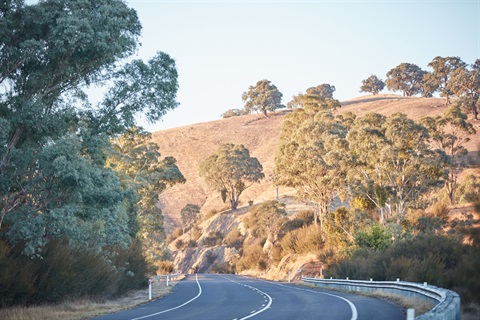Key points:
- Rainfall brought renewed confidence to the cattle market across most categories.
- Restocker lambs improved considerably, with a strong market at Wagga Wagga.
- As expected, national cattle slaughter numbers fell significantly, as sheep and lamb volumes showed resilience.
As expected, the first fortnight in April has proven to be disrupted and challenging to pick with prices, yardings and slaughter numbers all showing unique differences in performance.
Cattle
National yardings numbers increased by just under 3,000 head, although an improvement week-on-week, these figures remain 33% or 12,000 head below the weekly average for the year.
Yarding volumes for the week beginning Monday 17 April are expected to improve further although overall supply of cattle via the yardings in April will be down month-on-month. This topic was discussed in the deeper analysis regarding cattle slaughter volumes for April.
Most states remained stable in their offering. NSW lifted by over 2,500 head, which accounts for much of the uptick in supply seen in the yards this week.
Despite improvements in numbers and some volatility, rainfall over the Easter long weekend across parts of the eastern seaboard improved buyer confidence and most categories improved in price.
In the west, young cattle prices also found support. Due to the timing of sale days, Mount Barker (held on Thursday 13 April) was the only sale to be considered in price performance.
Commentary on specific performance of categories during April can be challenging due to lack of throughput in indicators because of the short selling weeks. This means prices are not necessarily truly reflective of the broader market sentiment.
Sheep
The sheep and lamb market also found solid support these past weeks across most categories.
Despite higher yardings across most states this has translated to a lift in prices – an increase of 58,000 in both sheep and lambs week-on-week was seen in NSW.
The restocker lamb indicator performance reflected this with its price lifting 42¢ overnight following strong demand from buyers at Wagga Wagga on Thursday 13 April, to finish the week at 622¢/kg carcase weight.
Trade and heavy lambs also found support while the Mutton indicator continues to improve following its depressed start to 2023.
Slaughter
As expected, national cattle slaughter numbers fell last week by over 33,000 head, or 28%, to record the lowest weekly kill total since the Australia Day week in January.
However, sheep and lamb weekly kill volumes showed signs of resilience reflective of their prior weekly totals. Lamb slaughter at a national level only declined by 11% week-on-week to record 339,000 head. Sheep slaughter remained firm.
This data suggests one of two things – either that small stock processors worked extra or double shifts last week to process and meet market demand, or that due to the carcase size and general agility of their operations it allowed them to increase production and the plants’ throughput despite losing a working day.
The weekly kill data continues to indicate small stock processors are switching between categories, with NSW sheep kill numbers last week increasing 30% despite the shorter working week – while the state’s lamb kill numbers declined by 7%.
If processors continue to preference sheep over lambs, there is the potential for sheep slaughter volumes to be higher than forecasted in February for 2023.
Markets update
On Thursday 6 April, no sales operated or were reported on by the National Livestock Reporting Service.
On Monday 10 April, due to the Easter long weekend, no sales operated.








